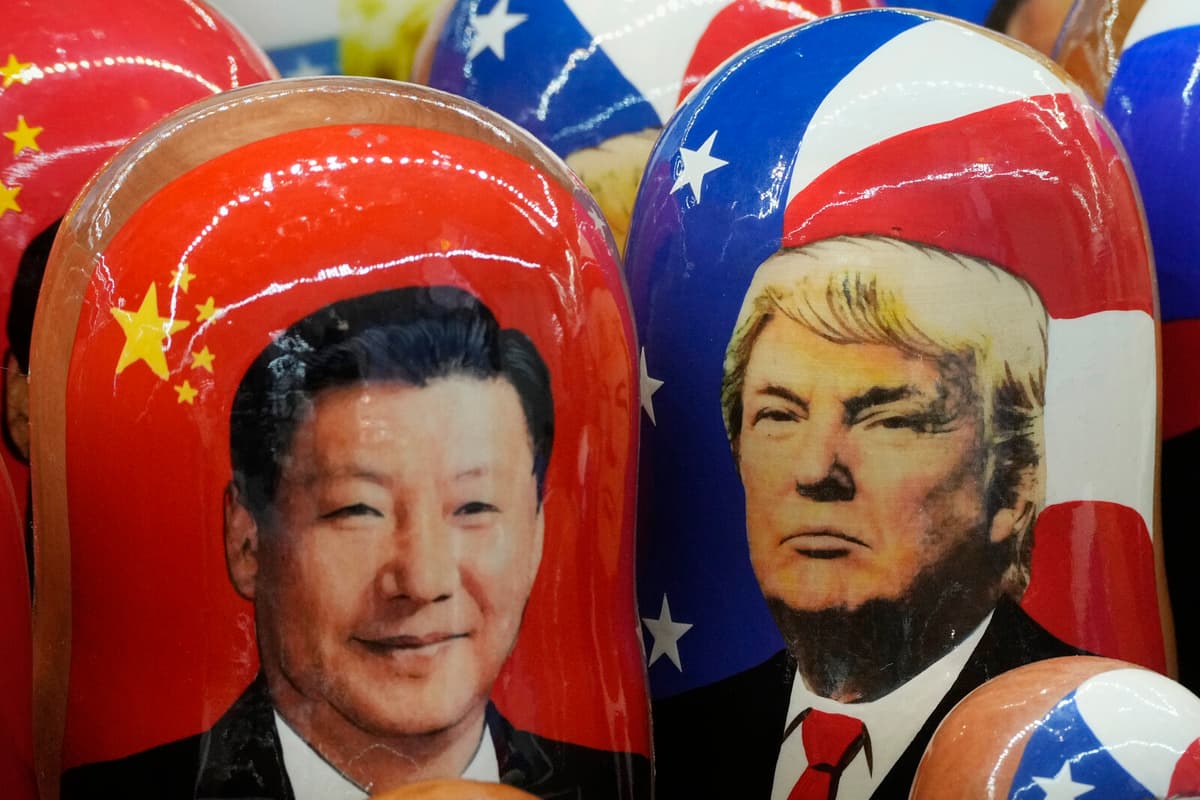From today, US President Donald Trump introduced new tariffs on Chinese goods. The tariff amounts to ten percent, but there were already tariffs on many goods before.
So, on average, the average American tariff rate now stands at 23 percent on Chinese imports, which is still expected to have a limited impact on Chinese production, according to SEB's analysis. During the election campaign, Trump talked about 60-percent Chinese tariffs.
What is often forgotten is that there were already tariffs between countries before.
It applies to almost everything, really. There are very few goods with zero percent tariffs. I think that sometimes gets lost in the debate, says Marcus Widén.
Last time the trade dispute erupted seriously between the US and China, during Trump's previous presidential term, the tariffs were higher but more targeted. Much of it was then retained by Democratic President Joe Biden.
The question is what happens now. China responded directly by imposing tariffs on certain American goods. Meanwhile, an announcement was made yesterday that trade tariffs would be paused with Canada and Mexico.
It's obvious that he (Trump) isn't using tariffs for pure trade policy. There are many other factors at play, says Widén.
The American president is instead pointing to migration issues and narcotics as reasons why he is pushing the tariff threat so hard to get his way.





